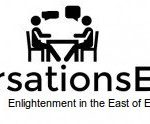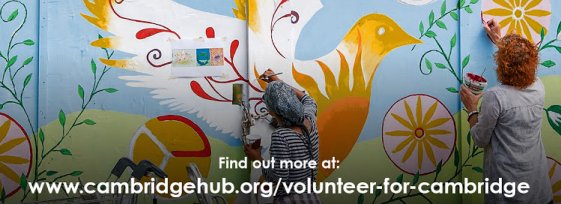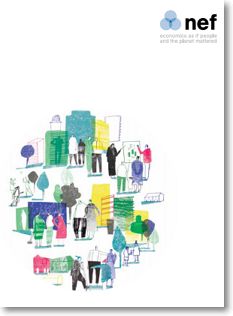The RSA, in partnership with Google and craft marketplace Etsy, recently held a Self Employment summit. Stimulating debate and reflection about the changing landscape of employment and the rise and condition of those ‘going it alone’.
The short film below offers insights into the various debates on the day and some of the original ideas and thoughts emerging from the discussion…
 See the original film on YouTube here…
See the original film on YouTube here…
The debate ranges across some interesting data, movements in the economy and is awash with definitions. Data seems to show that since the year 2000, the self -employed as a recognisable economic cohort, have increased by 30%. With the self-employed now representing some 15% of the total active work force in the UK.
Between 2008 and 2013, we are told, the self-employed made up a staggering 90% of all jobs created. Even more seismic, in terms of paradigm shift, is the suggestion that by 2017/2018, the self employed numerically, may exceed the total number of individuals currently working in the Public Sector.
For those of us who work across the Public Sector/Charitable Sector divide, this is perhaps not so surprising. As Local Authorities continue to divest themselves of employed core professional expertise in a number of community support, education and housing sectors, the expertise is re-hired as consultants or contractors.
What does set this change in context, however, is not the numeric rise in self-employment, whatever the sector, professional or otherwise. It is the dramatic increase in diminution of turnover.
Steven Toft, who is the author of Flip Chart Fairy Tales, speaking at the one day RSA event, opines that between 2008 and 2013 aggregate income by the self-employed has fallen by a staggering 8 billion pounds.
However you define being self-employed, and there are multiple definitions, in the RSA research, by HMRC and in the national Labour Market Survey – it is clear that there is a re-structuring of the nature of employment wholly under way.
What this movement is not, however, is an attempt to create quality of life, sustainability of earnings or the increase in cultural and fiscal capital that this change might, given the right business environment, look to build over time.
Not all self-employed people strive to be the next Richard Branson, but that for the individual, given this data, the drive might be led by a belief, actual or not, in the achievement of a better work/life balance, access to culture and the arts and an exercise of choice regardless of cost, that corporatism or global capital does not offer. We do not know.
Finally, we would have liked the debate to have extended fully across social enterprise/social business as a new model for the self employed and entrepreneurially minded. New financial markets and new business models are emerging in these two sectors. Perhaps that is where the real dynamism in the economy is, for those who go it alone?
Other good reads for context:
See our recent article featuring Every Day Employers, an RSA report from the end of last year – offering insights and suggestions to restructure traditional employer/employee relationships. See more here…
See also Salvation in a Start-up, a RSA/Etsy report, from last summer, on the emergence of new micro-businesses. The why and how. See more here…

![]() You can book your free tickets on-line with Eventbrite here.
You can book your free tickets on-line with Eventbrite here.![]() Find the event on Facebook too. Visit the event page here.
Find the event on Facebook too. Visit the event page here.



